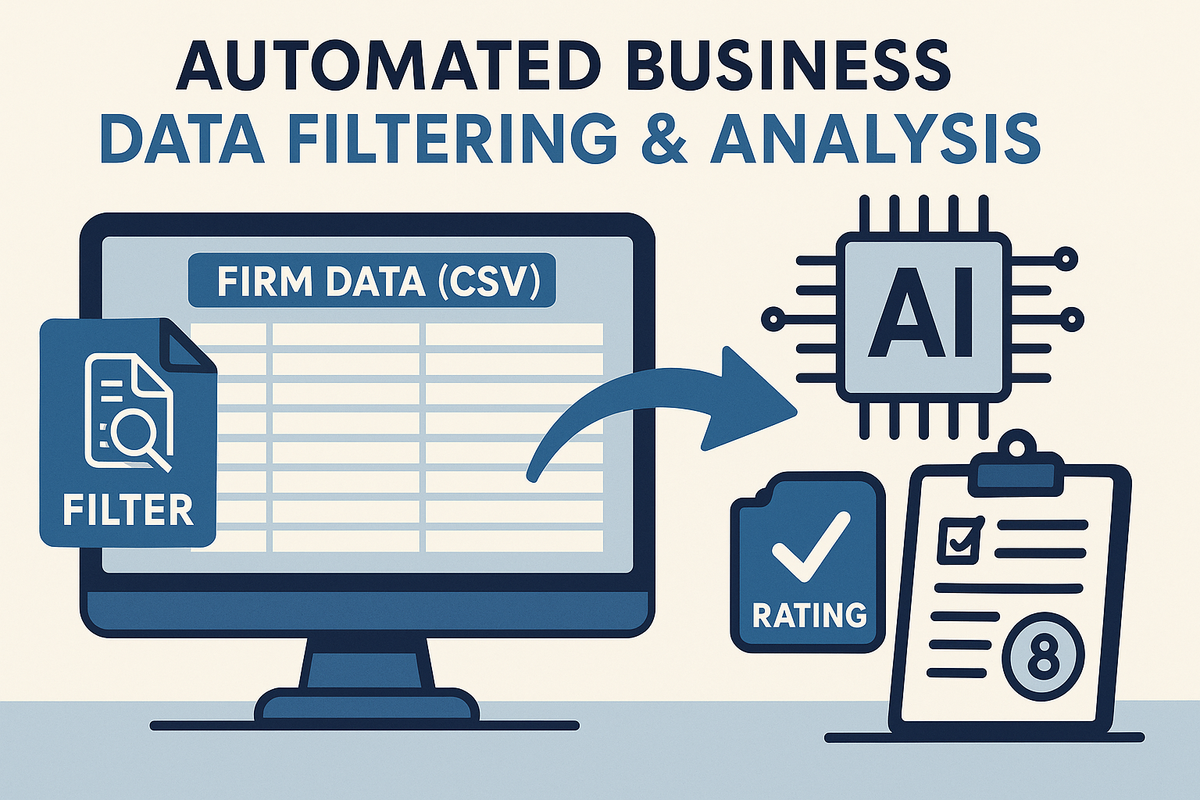The semiconductor supply chain is a complex and intricate network that plays a crucial role in the modern world, powering everything from smartphones to computers. Understanding this network is not just about grasping how electronic devices are made; it's about appreciating the interplay of technology, economy, and sustainability. In this comprehensive guide, we will explore the various steps in the semiconductor supply chain, examine the principles of effective supply chain management, and discuss the critical aspects of sustainability within this industry.
A Closer Look at the Semiconductor Supply Chain Steps
The semiconductor supply chain can be broken down into several key steps, each integral to the production of high-quality electronic devices.
- System Companies: At the outset, system companies lay the groundwork. They define what is needed in semiconductor components based on the end products they envision. This step is crucial as it sets the tone for the entire manufacturing process.
- EMS (Electronics Manufacturing Services): EMS providers are the bridge between design and physical product. They not only source the necessary components but also assemble them, bringing the vision closer to reality.
- IC Design: The heart of any electronic device is its integrated circuit (IC). Designing these chips is a process that combines creativity with technical expertise, resulting in the brains of electronic devices.
- IC Manufacturing: Once designed, these chips need to be brought to life. This occurs in semiconductor fabrication plants, where precision and technological sophistication are paramount.
- IC Assembly & Test: The manufactured chips are then assembled and rigorously tested. This step ensures that the final product meets the required standards and functions as intended.
- End Consumers: Finally, the completed products make their way to end consumers, who rely on these devices in their everyday lives.
- System Companies (Feedback Loop): The cycle often repeats, with system companies using consumer feedback and market demands to inform the design of new, more advanced semiconductors.
Principles of Supply Chain Management
Effective management of the semiconductor supply chain is anchored on several key principles:
- Code Compliance: Adherence to industry standards and regulations is non-negotiable. This ensures quality and safety in the products.
- Risk Assessment: Identifying potential risks, whether they stem from geopolitical tensions or natural disasters, is crucial for a resilient supply chain.
- Audit Participation: Regular audits help maintain compliance and pinpoint areas needing improvement.
- Continuous Improvement: The quest for better efficiency and sustainability is ongoing. Regular process improvements are essential for staying competitive and responsible.
Sustainability in the Semiconductor Supply Chain
Sustainability is no longer a buzzword but a necessary strategy in supply chain management, especially in industries as impactful as semiconductors.
- Environmental Processes: The industry is focusing on reducing its environmental footprint through energy-efficient processes, waste reduction, and sustainable material sourcing.
- Social Practices: Fair labor practices and safe working conditions are central to responsible supply chain management.
- Economic Sustainability: Ensuring the economic health and growth within the supply chain benefits all stakeholders.
Future Focus for Sustainable Supply Chains
Looking ahead, there are key areas where the semiconductor industry can further enhance sustainability:
- Improving Manufacturing Processes and Quality: Leveraging advanced technologies for better efficiency, waste reduction, and quality is a priority.
- Reducing Environmental Impact: Adopting renewable energy, minimizing water usage, and implementing eco-friendly practices are crucial steps.
- Protecting Labor Rights: Ensuring ethical treatment and safety of workers throughout the supply chain is fundamental.
In conclusion, the semiconductor supply chain is a testament to human ingenuity and collaboration. By focusing on sustainability and efficiency, the industry is not just ensuring its economic viability but also contributing positively to the global community. For further reading and insights, resources like the Semiconductor Industry Association (SIA) and the International Semiconductor Industry Association (ISIA) offer valuable information and updates on industry trends and standards.





Comments